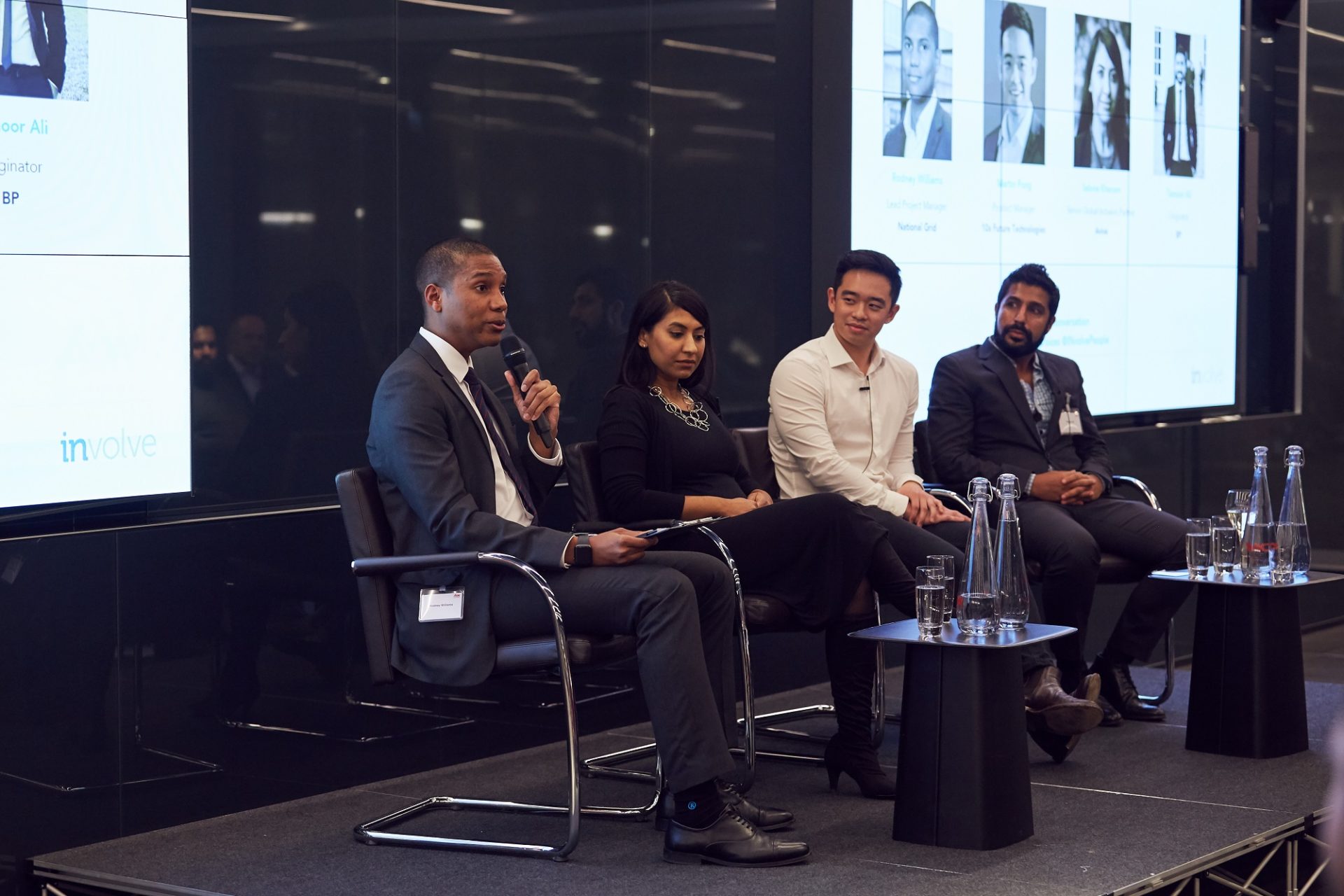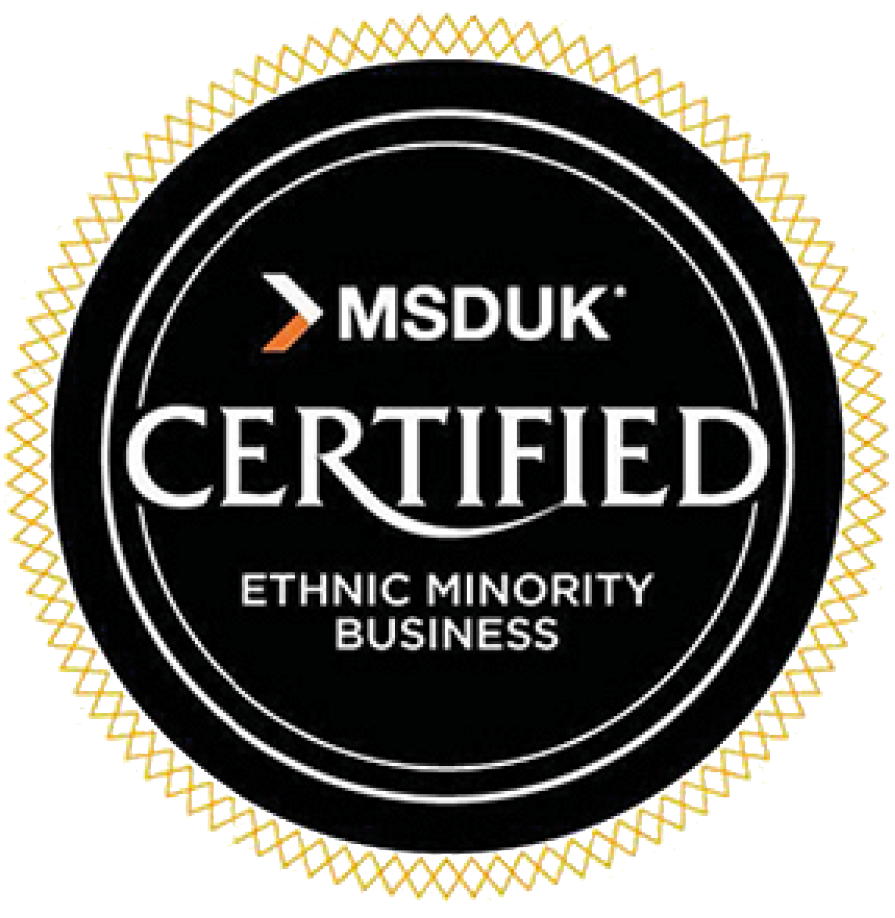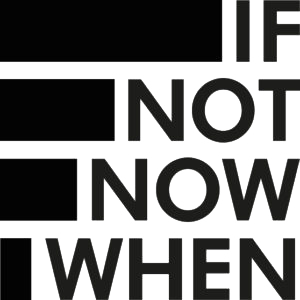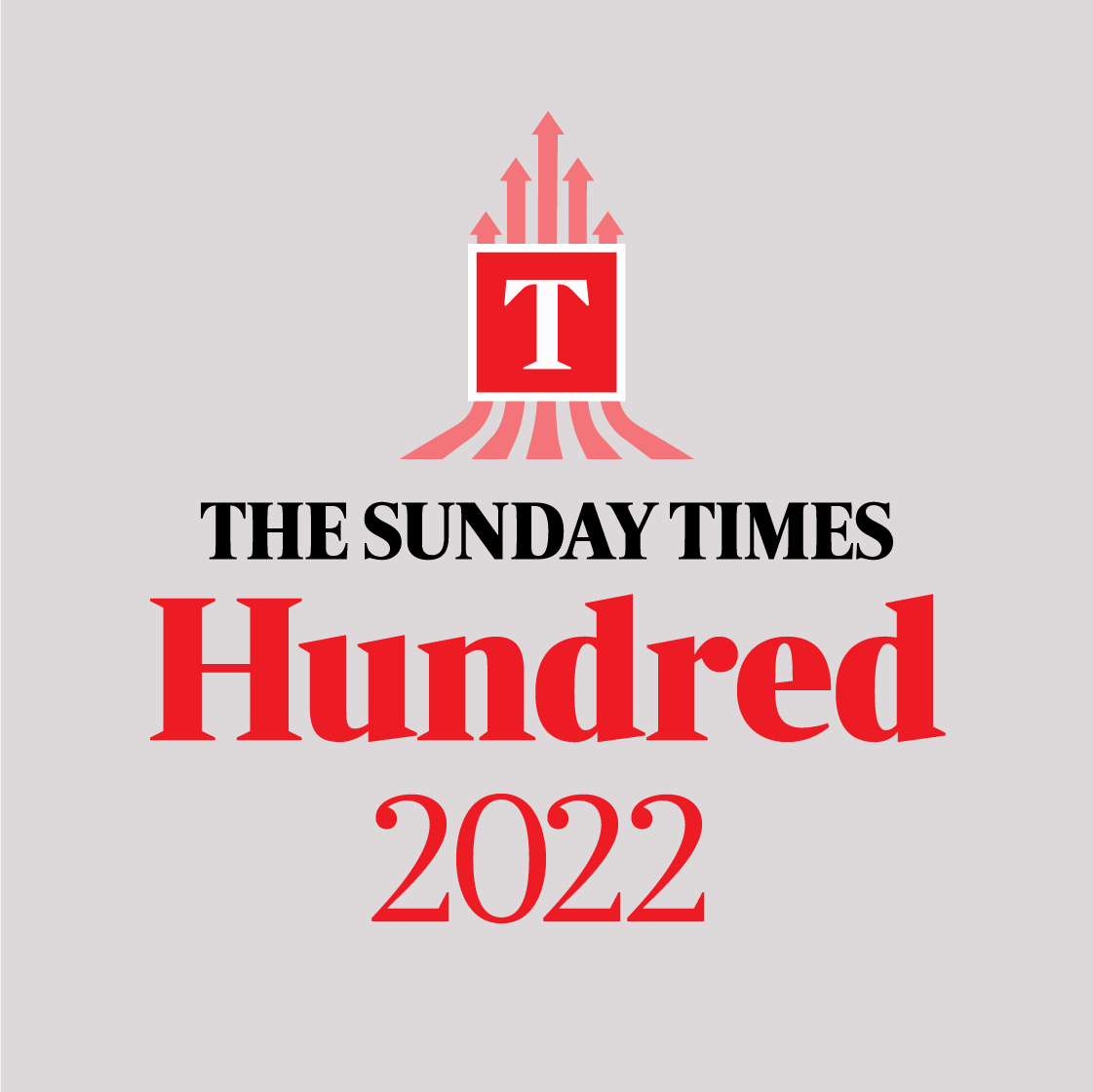In our 6 years of working with organisations to advance diversity and inclusion we have learned a lot. Many organisations, no matter where they are on their D&I journey face the same issues when it comes to inclusion. In particular, we found that D&I strategies, events and programmes continuously failed to be fully representative of the communities they are meant to support. In 2019, we decided to shine a light on this with our Amplifying Voices series, 3 events throughout the year designed to do just that, amplify voices less heard in the discourse around D&I. On 10 October, we hosted our final event of the series with Aon, ‘the Diversity within Ethnic Minorities’.
Inviting Rodney Williams, National Grid, Sabina Khanom, Aviva, Martin Pong, 10x Banking and Tamoor Ali, BP, to speak on how each of them, ‘ticking multiple boxes’, navigate the challenges and opportunities that come with an intersectional identity. The conversation offered an enlightening perspective on how both the majority group and those belonging to diverse groups can engage with the complexity of the identities that sit within every strand of diversity and not exclude those with intersectional identities.
For example, while talent pipelining increasingly focuses on gender, it’s often the case that ethnic minority women are largely left behind. Research from McKinsey’s 2019 study, Women in the Workplace, shed a light on this ‘double glass ceiling’ in stark detail. While women only occupied 22% of c-suite positions as of 2019, just 4% of those women were ethnic minorities, remaining largely unchanged while the number of white women in leadership positions continues to grow over the past few years. Sabina Khanom, commenting on this noted the irony in that while “70% of women across the world are women of colour, there is difficulty in embedding an intersectional approach to [women’s] inclusion.”
Each of the panellists were in agreement that while it is sometimes important to address challenges and issues by strand of diversity, doing so can leave some behind. Two protected characteristics in particular which are generally not considered together across networks and D&I strategies, are religion and sexual orientation. They are too frequently seen as incompatible, rather than being actively addressed as a valid and lived experience for many people across the globe. Tamoor Ali, speaking from his own experiences of being a gay Muslim man, highlighted the importance of working across networks and strands of diversity to bring new perspectives to the conversation and bring allies from other minority communities along the journey with them. With no networks within his company putting on celebrations for Eid, Ali took it upon himself to organise Eid celebrations through the Pride network. Through this, Ali was able to spark a dynamic conversation between the Muslim and LGBT+ communities internally, resulting in constructive conversations and active advocacy across two groups not typically seen to engage.
So while the challenges can be complex and varied, how do we as change agents ensure our networks and D&I strategies are taking diverse and intersectional identities into account, and that we are lifting everyone rather than just those who shout the loudest?
Our panellists and audience offered some best practice tips:
- Focus on education: invite new voices to the table to speak at network and company events. If a certain group is not represented in your organisation, invite external speakers or collaborate externally
- Create spaces where people feel safe and not afraid of ‘saying the wrong thing’: Acknowledge that people might be at the start of their inclusion journey, they may still be on board and wanting to be advocates
- Ensure networks and minority groups are acting as advocates to one another
- Don’t lump groups together and assume experiences are universal – for example while both still belong to the LGBT+ community, the experience of a gay cis man will be very different to that of a trans person. Engage with your networks and those outside of them in listening sessions and one-to-ones to investigate if your D&I strategy has any blind spots




